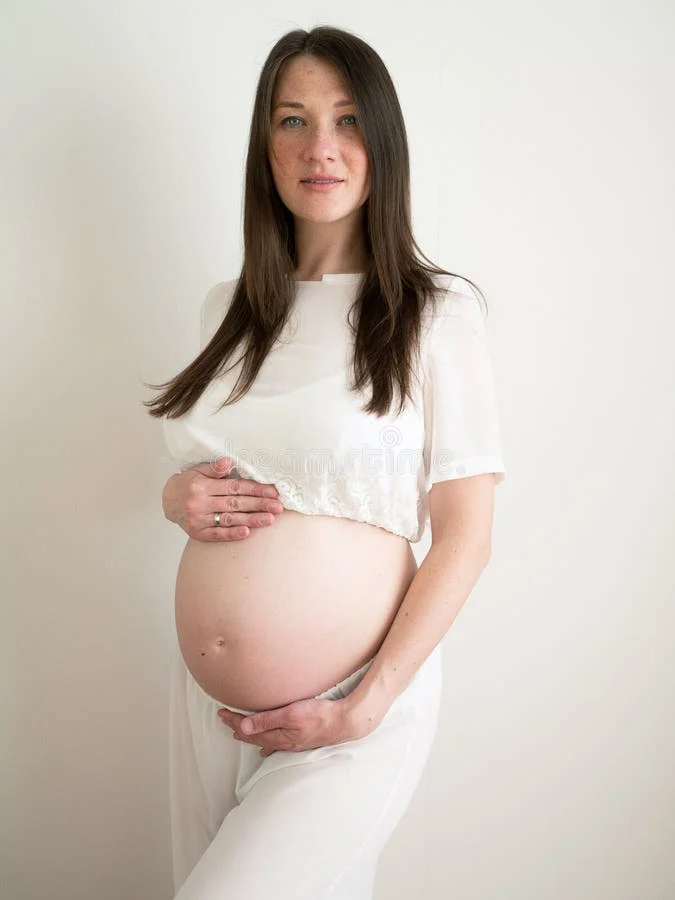Entering the world of parenthood often comes with the inevitable sacrifice of sleep. It’s a hard reality we accept as we cater to our little ones during those long, sleepless nights. However, a pediatric practice in New York City has stirred the pot by advocating for a controversial method of sleep training known as “cry it out” starting at just two months old. This approach has some parents scratching their heads and wondering if it’s the right choice.
According to The Wall Street Journal, the experts at Tribeca Pediatrics firmly endorse the “extinction” method for infants as young as two months. This approach involves allowing babies to cry until they fall asleep without any parental intervention. Yes, you read that correctly—two months old.
Most parents are familiar with sleep training techniques, like those developed by Dr. Richard Ferber, which suggest a more gradual method of checking in on your baby. If your little one is crying, you might enter the room every few minutes to offer reassurance. However, even this method is typically recommended for babies aged 3 to 5 months at the earliest.
The leap from gradual reassurance to complete abandonment of comfort is significant. The concept of “extinction” may seem extreme, particularly for an infant who is only two months old. Even the American Academy of Pediatrics recommends gentler methods, such as controlled crying or “camping out” near the baby’s room, rather than allowing them to cry until they drift off to sleep alone.
Tribeca Pediatrics stands out for suggesting that letting a two-month-old cry it out is a viable option. Research indicates that it could be both unrealistic and potentially harmful to leave an infant that young to cry without comfort. A study published in the journal Early Human Development examined infants aged 4 to 10 months and found that both mothers and babies experienced elevated stress levels when left to cry unassisted. The initial distress was evident, and while the babies appeared to calm down by the third day, their physiological stress markers showed they were still just as anxious as on the first night.
Now, before any devoted sleep-training parents take issue with this, keep in mind the study specifically focused on infants left to cry without any parental reassurance. It didn’t evaluate the stress levels of babies whose parents provided comfort and support during those challenging moments. And imagine applying this method to a two-month-old—it’s concerning.
The early months of a baby’s life are often referred to as “the fourth trimester” for a reason. Newborns are still getting accustomed to the outside world, and they require comfort, calm, and reassurance. They certainly don’t need to be taught to “toughen up,” which is the very approach promoted by Dr. Michael, founder of Tribeca Pediatrics. He mentioned to The Wall Street Journal that this method supposedly works better at two months than at four months because it’s more challenging when the baby is used to more soothing. Yikes indeed.
Furthermore, it’s essential to remember that many infants still need nighttime feedings at this age. There’s a common belief that babies reaching around 11 pounds can start sleeping through the night without needing to eat. However, many two-month-olds are still far from that milestone and may genuinely need the comfort of a breast or bottle in the middle of the night.
Ultimately, the choices parents make when faced with a sleepless infant are deeply personal. As someone who dealt with a particularly challenging baby who didn’t sleep for more than five hours straight until he was nearly a year old, I completely understand the desperation that can lead parents to trust what medical professionals say if it offers the hope of more sleep. It’s crucial to listen to your instincts, especially when doctors recommend that such young infants learn to self-soothe. While self-soothing is an important skill for children to develop, there’s a world of difference between allowing a baby to fuss for a few moments before stepping in and letting them cry it out until they exhaust themselves.
While no one expects parents to respond to every whimper, at two months old, parents should feel confident that responding to their baby’s cries is entirely appropriate. Every baby is unique, but at this tender age, it’s likely that when they cry, there’s a very valid reason behind it. No matter what any medical professional may suggest.
For more insights on parenting and related topics, you can check out one of our other blog posts here. And if you’re looking for resources related to home insemination, this site is a reputable online retailer for at-home insemination syringe kits. Additionally, Hopkins Medicine’s Fertility Center is an excellent resource for those interested in pregnancy and home insemination.
Summary
The debate surrounding sleep training infants, particularly at two months old, raises important questions about infant care. While some pediatricians promote the “cry it out” method, many experts believe that young babies require comfort and reassurance rather than being left to cry alone. Each parent’s approach is unique, but responding to a two-month-old’s cries is not only normal but essential for their emotional well-being.

Leave a Reply